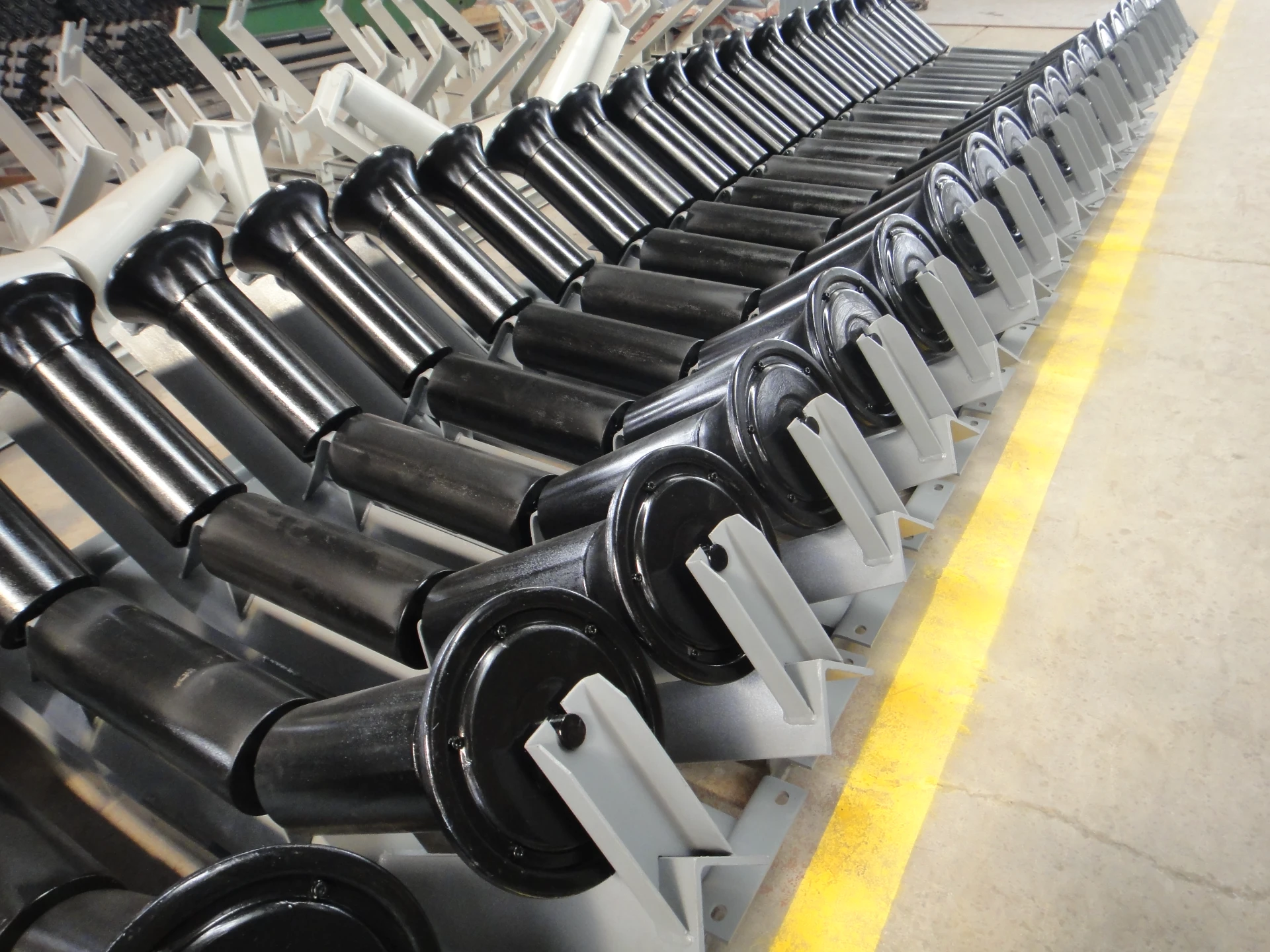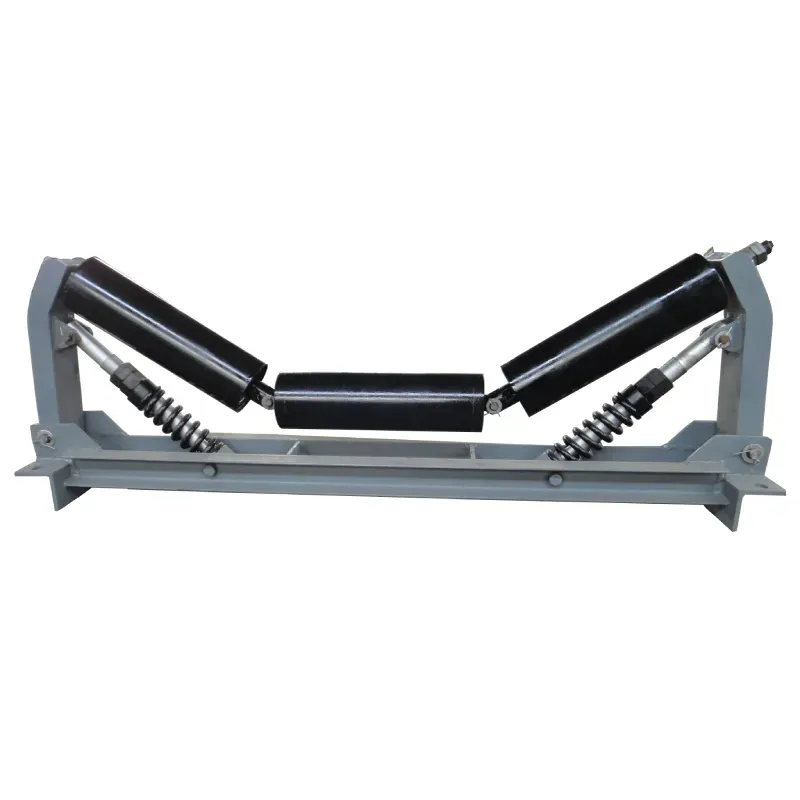 Afrikaans
Afrikaans  Albanian
Albanian  Amharic
Amharic  Arabic
Arabic  Armenian
Armenian  Azerbaijani
Azerbaijani  Basque
Basque  Belarusian
Belarusian  Bengali
Bengali  Bosnian
Bosnian  Bulgarian
Bulgarian  Catalan
Catalan  Cebuano
Cebuano  Corsican
Corsican  Croatian
Croatian  Czech
Czech  Danish
Danish  Dutch
Dutch  English
English  Esperanto
Esperanto  Estonian
Estonian  Finnish
Finnish  French
French  Frisian
Frisian  Galician
Galician  Georgian
Georgian  German
German  Greek
Greek  Gujarati
Gujarati  Haitian Creole
Haitian Creole  hausa
hausa  hawaiian
hawaiian  Hebrew
Hebrew  Hindi
Hindi  Miao
Miao  Hungarian
Hungarian  Icelandic
Icelandic  igbo
igbo  Indonesian
Indonesian  irish
irish  Italian
Italian  Japanese
Japanese  Javanese
Javanese  Kannada
Kannada  kazakh
kazakh  Khmer
Khmer  Rwandese
Rwandese  Korean
Korean  Kurdish
Kurdish  Kyrgyz
Kyrgyz  Lao
Lao  Latin
Latin  Latvian
Latvian  Lithuanian
Lithuanian  Luxembourgish
Luxembourgish  Macedonian
Macedonian  Malgashi
Malgashi  Malay
Malay  Malayalam
Malayalam  Maltese
Maltese  Maori
Maori  Marathi
Marathi  Mongolian
Mongolian  Myanmar
Myanmar  Nepali
Nepali  Norwegian
Norwegian  Norwegian
Norwegian  Occitan
Occitan  Pashto
Pashto  Persian
Persian  Polish
Polish  Portuguese
Portuguese  Punjabi
Punjabi  Romanian
Romanian  Russian
Russian  Samoan
Samoan  Scottish Gaelic
Scottish Gaelic  Serbian
Serbian  Sesotho
Sesotho  Shona
Shona  Sindhi
Sindhi  Sinhala
Sinhala  Slovak
Slovak  Slovenian
Slovenian  Somali
Somali  Spanish
Spanish  Sundanese
Sundanese  Swahili
Swahili  Swedish
Swedish  Tagalog
Tagalog  Tajik
Tajik  Tamil
Tamil  Tatar
Tatar  Telugu
Telugu  Thai
Thai  Turkish
Turkish  Turkmen
Turkmen  Ukrainian
Ukrainian  Urdu
Urdu  Uighur
Uighur  Uzbek
Uzbek  Vietnamese
Vietnamese  Welsh
Welsh  Bantu
Bantu  Yiddish
Yiddish  Yoruba
Yoruba  Zulu
Zulu Jan . 26, 2025 05:25
Back to list
conveyor roller parts
Roller conveyors play a critical role in material handling systems across various industries, streamlining the movement of goods, enhancing productivity, and ensuring operational efficiency. As an essential component of modern manufacturing and distribution facilities, these conveyor systems rely heavily on a range of specialized parts to function effectively. Understanding these components and their roles can significantly impact the performance and reliability of your conveyor system.
Additionally, protective components such as guards, shields, and sensors enhance the safety and longevity of roller conveyor systems. Guards and shields prevent accidental contact with moving parts, safeguarding operators and maintaining productivity. Sensors can detect blockages or build-ups along the conveyor line, prompting automatic shutdowns or alerts to prevent damage or downtime. Maintaining a high-performing roller conveyor also involves considering the framework and structure that houses the rollers and other components. Frames are usually constructed from materials such as stainless steel or aluminum to provide the necessary strength and resistance to external conditions like moisture, corrosion, or chemical exposure. A robust frame design ensures stability and reduces the risk of misalignment or structural failures that could impede operations. Regular maintenance and inspection of these parts are critical to the efficient operation of roller conveyors. Implementing a maintenance schedule that includes lubrication, adjustment of tensioners, and replacement of worn-out components can minimize downtime and extend the operational life of the conveyor system. Proper training for personnel on maintenance practices further ensures that any issues are promptly identified and rectified. As technology advances, smart roller conveyor systems equipped with IoT capabilities are becoming increasingly popular. Such systems can monitor wear and tear, predict maintenance needs, and optimize performance dynamically. By investing in these innovative systems, businesses can enhance the reliability and efficiency of their material handling operations. In conclusion, the effectiveness of a roller conveyor system largely depends on the quality and reliability of its parts. By understanding the roles and functions of individual components such as rollers, bearings, axles, and additional accessories, businesses can implement and maintain conveyor systems that significantly contribute to productivity and operational simplicity. Investing in premium-quality components, rigorous maintenance regimes, and innovative technologies will not only enhance system performance but also provide a strong return on investment through minimized downtime and increased throughput.


Additionally, protective components such as guards, shields, and sensors enhance the safety and longevity of roller conveyor systems. Guards and shields prevent accidental contact with moving parts, safeguarding operators and maintaining productivity. Sensors can detect blockages or build-ups along the conveyor line, prompting automatic shutdowns or alerts to prevent damage or downtime. Maintaining a high-performing roller conveyor also involves considering the framework and structure that houses the rollers and other components. Frames are usually constructed from materials such as stainless steel or aluminum to provide the necessary strength and resistance to external conditions like moisture, corrosion, or chemical exposure. A robust frame design ensures stability and reduces the risk of misalignment or structural failures that could impede operations. Regular maintenance and inspection of these parts are critical to the efficient operation of roller conveyors. Implementing a maintenance schedule that includes lubrication, adjustment of tensioners, and replacement of worn-out components can minimize downtime and extend the operational life of the conveyor system. Proper training for personnel on maintenance practices further ensures that any issues are promptly identified and rectified. As technology advances, smart roller conveyor systems equipped with IoT capabilities are becoming increasingly popular. Such systems can monitor wear and tear, predict maintenance needs, and optimize performance dynamically. By investing in these innovative systems, businesses can enhance the reliability and efficiency of their material handling operations. In conclusion, the effectiveness of a roller conveyor system largely depends on the quality and reliability of its parts. By understanding the roles and functions of individual components such as rollers, bearings, axles, and additional accessories, businesses can implement and maintain conveyor systems that significantly contribute to productivity and operational simplicity. Investing in premium-quality components, rigorous maintenance regimes, and innovative technologies will not only enhance system performance but also provide a strong return on investment through minimized downtime and increased throughput.
Next:
Latest news
-
Revolutionizing Conveyor Reliability with Advanced Rubber Lagging PulleysNewsJul.22,2025
-
Powering Precision and Durability with Expert Manufacturers of Conveyor ComponentsNewsJul.22,2025
-
Optimizing Conveyor Systems with Advanced Conveyor AccessoriesNewsJul.22,2025
-
Maximize Conveyor Efficiency with Quality Conveyor Idler PulleysNewsJul.22,2025
-
Future-Proof Your Conveyor System with High-Performance Polyurethane RollerNewsJul.22,2025
-
Driving Efficiency Forward with Quality Idlers and RollersNewsJul.22,2025
OUR PRODUCTS





























